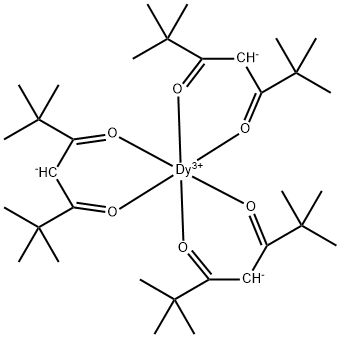PRODUCT Properties
| Boiling point: | 159 °C(lit.) |
| Density | 0.877 g/mL at 25 °C(lit.) |
| FEMA | 2153 | BERGAMOT OIL (CITRUS AURANTHIUM L. SSP. BERGAMIA) |
| refractive index | n |
| Flash point: | 137 °F |
| form | liquid |
| color | Yellow-green liquid |
| Odor | agreeable odor |
| Odor Type | citrus |
| EPA Substance Registry System | Bergamot oil (8007-75-8) |
Description and Uses
bergamot oil (Citrus bergamia) is used as a perfuming ingredient in cosmetic products, it is also considered an antiseptic, calming, healing, and wound-healing. In addition, studies indicate benefit for treating fungal infections of the skin. Sun exposure after applying pure bergamot oil, or a compound with a high bergamot oil concentration to the skin, may cause hyperpigmentation and a skin rash. When used in perfumes, the photosensitizing properties of bergamot are responsible for the hyperpigmentation seen behind the ear and on the neck area near the ear. Manufacturers indicate that bergamot oil can be useful for treating acne, and oily and severely dry skins. The oil extracted from the rind of citrus fruits is referred to as bergamot orange. Its constituents include a-pinene, limonene, a-bergaptene, b-bisabolene, linlool, nerol, geraniol, and a-terpineol.
Safety
| Symbol(GHS) |    GHS02,GHS07,GHS08 |
| Signal word | Danger |
| Hazard statements | H226-H304-H315 |
| Precautionary statements | P210-P301+P310+P331-P302+P352 |
| RIDADR | UN 1993 3/PG 3 |
| WGK Germany | 2 |
| RTECS | DS0500000 |
| Hazardous Substances Data | 8007-75-8(Hazardous Substances Data) |
| Toxicity | LD50 orl-rat: 11,520 mg/kg PHARAT 14,435,59 |






